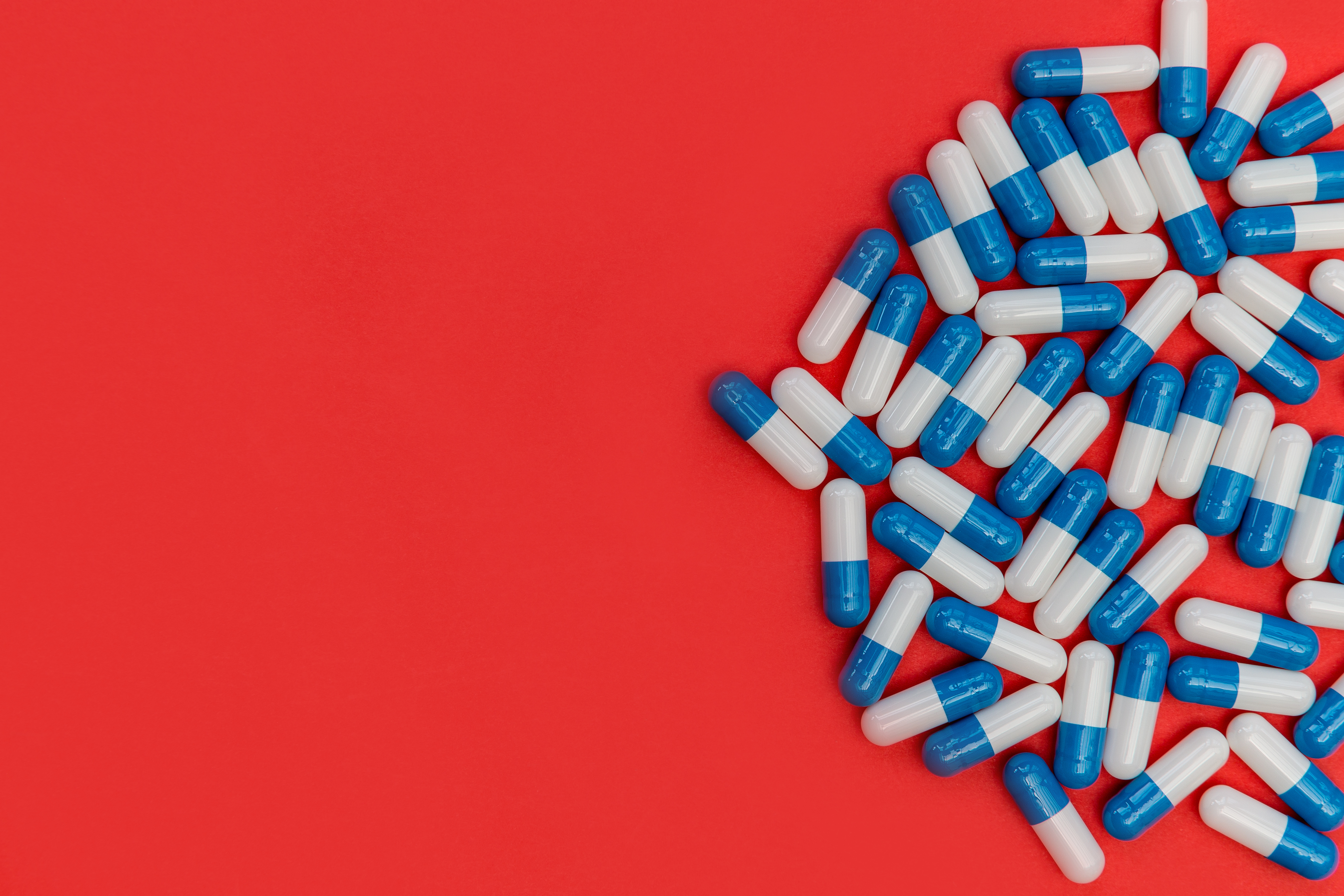
In a press release from the American Academy of Dermatology (AAD), the organization reviewed updated guidelines for managing patients aged 9 years and older with acne. Published by Reynolds et al in the Journal of the American Academy of Dermatology, the updated guidance comes 8 years after the publication of the AAD’s 2016 acne guidelines and offers advice on new topical, systemic, and physical therapies for dermatologists treating acne vulgaris. The AAD recommended that topical benzoyl peroxide should be used to reduce acne-inducing bacteria on the skin; topical retinoids such as adapalene, tretinoin, tazarotene, and trifarotene may help unclog the pores and minimize inflammation; and oral antibiotics such as doxycycline and topical antibiotics may be effective at reducing both acne-inducing bacteria and levels of inflammation. The AAD also advised dermatologists to combine treatment types for greater efficacy when managing acne with topical therapies; however, oral antibiotics should be used minimally to prevent the development of antibiotic resistance. Additionally, injectable corticosteroids may be administered in patients with larger acne bumps, and isotretinoin may be administered in patients with severe acne who don’t respond to standard treatments. They further offered conditional recommendations on the use of topical clascoterone, topical salicylic acid, topical azelaic acid, oral minocycline or sarecycline, and hormonal therapies like combined oral contraceptives or spironolactone. Because of insufficient evidence, the organization refrained from establishing guidelines for chemical peels, laser- and light-based procedures, microneedling, dietary changes, vitamins, and plant-based products. The AAD recommended that patients with acne visit a dermatologist to determine the most effective treatment strategies for them.